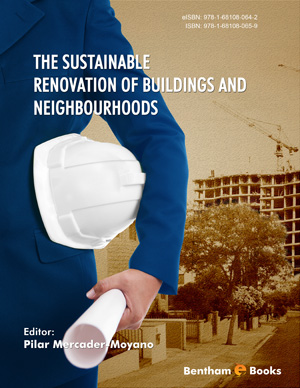Abstract
Space heating is responsible for a significant share of the energy consumed in European households, and the replacement of appliances with more efficient alternatives can be decisive for meeting the targets set by the European Union for 2030 and 2050. Although an estimated 60% of the heating stock consists of inefficient equipment, users are often not aware of this inefficiency and associated costs. Also, changing and improving the heating systems have been systematically associated with a wide range of effects, such as thermal comfort and improved air quality, which are often termed as co-benefits or ancillary benefits. Previous research has shown that cobenefits can be decisive when users choose a heating solution. This chapter reports on the results obtained in a study conducted in the scope of the EU H2020 HARP research project, in which an international qualitative survey was used to identify, quantify and evaluate the co-benefits associated with heating solutions, to clarify the relevance of the co-benefits in the decision-making process of building users. The results suggest that both the degree of relevance and the willingness to pay for co-benefits vary significantly amongst different national contexts.
Keywords: Building Systems, Co-Benefits, Contingent Valuation, Degree of Relevance, Economic Valuation, Heating, Qualitative survey, Willingness to Pay.












